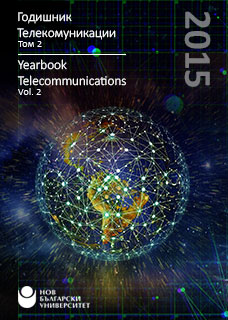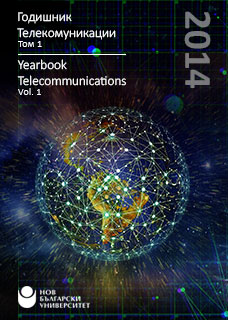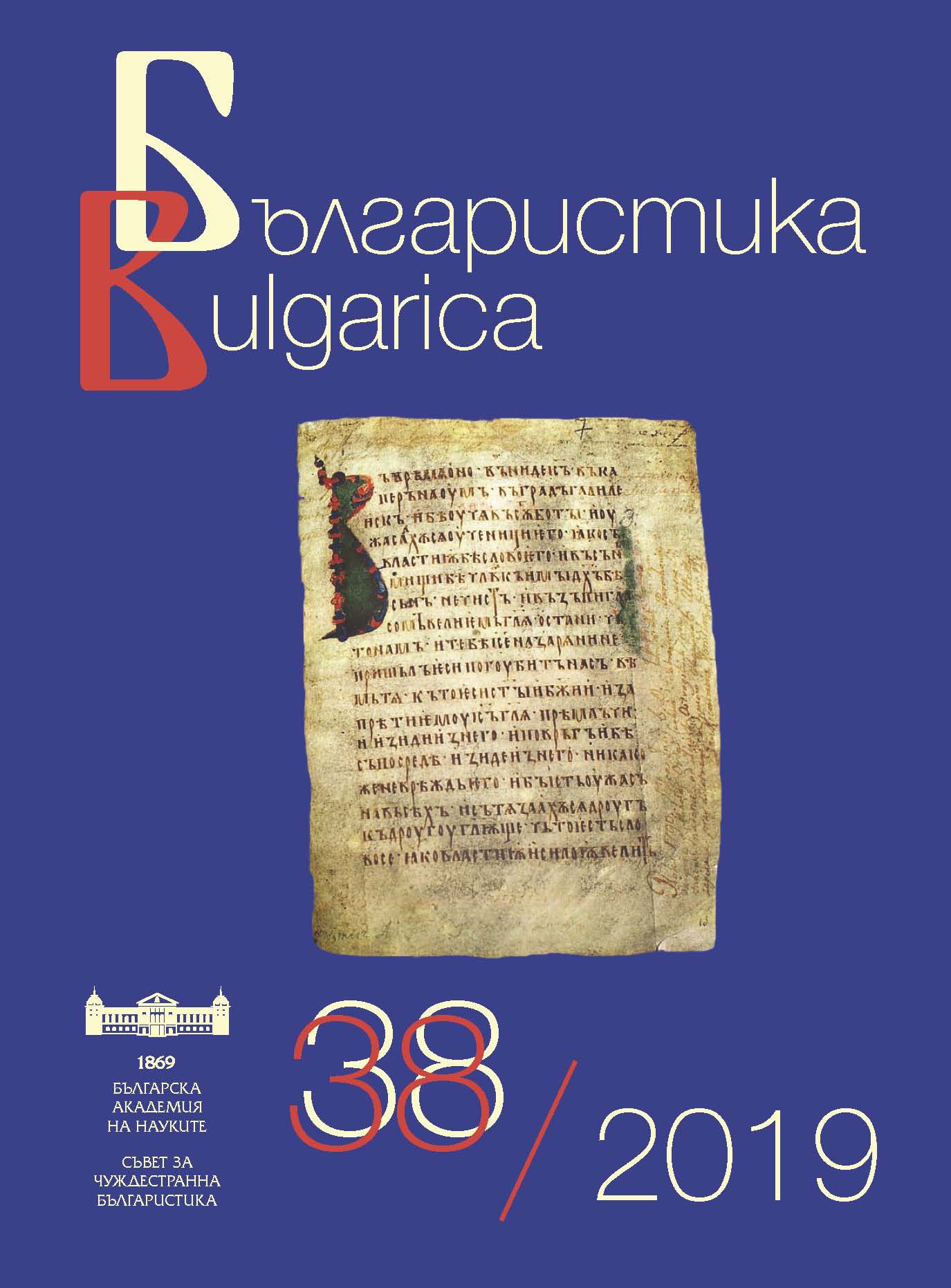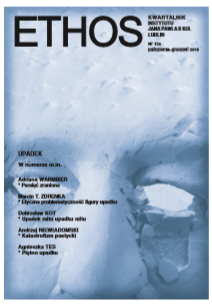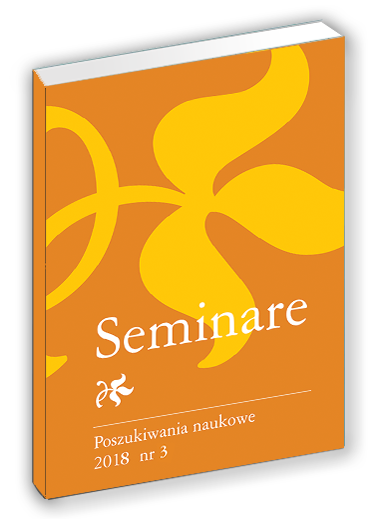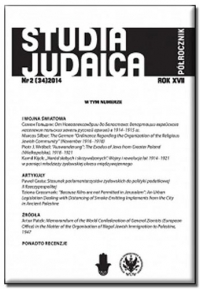
Нарастване на заетостта в IT сектора и реализацията на студентите
The article shows the increased demand for IT specialists and the increase of the employment in the ICT sector as well as the realization of the students in professional fields. The article also reflects on the training of students at the Department of Telecommunications of the NBU in one of the most sought after professional fields. The data on changes in employment by economic activity in Bulgaria shown in the article revealed that the biggest increase is in the IT sector. The ten professional fields with the highest number of staff in the future are highlighted. The demand for IT specialists in this country will continue to grow. The article also shows the professional fields that students choose. From the data presented, it can be seen that the employers' demands are from professional fields that differ from the students' choice and this shows that the problem of the lack of sufficiently qualified staff will be strengthened. The article presents data on the realization of the students on the labor market from 10 professional fields. In the article are presented data also for professional field "Communication and Computer Technology" from 5 high schools according to the Bulgarian University Ranking System 2015, as well as the place of the students graduated from this bachelor program at the NBU.
More...
